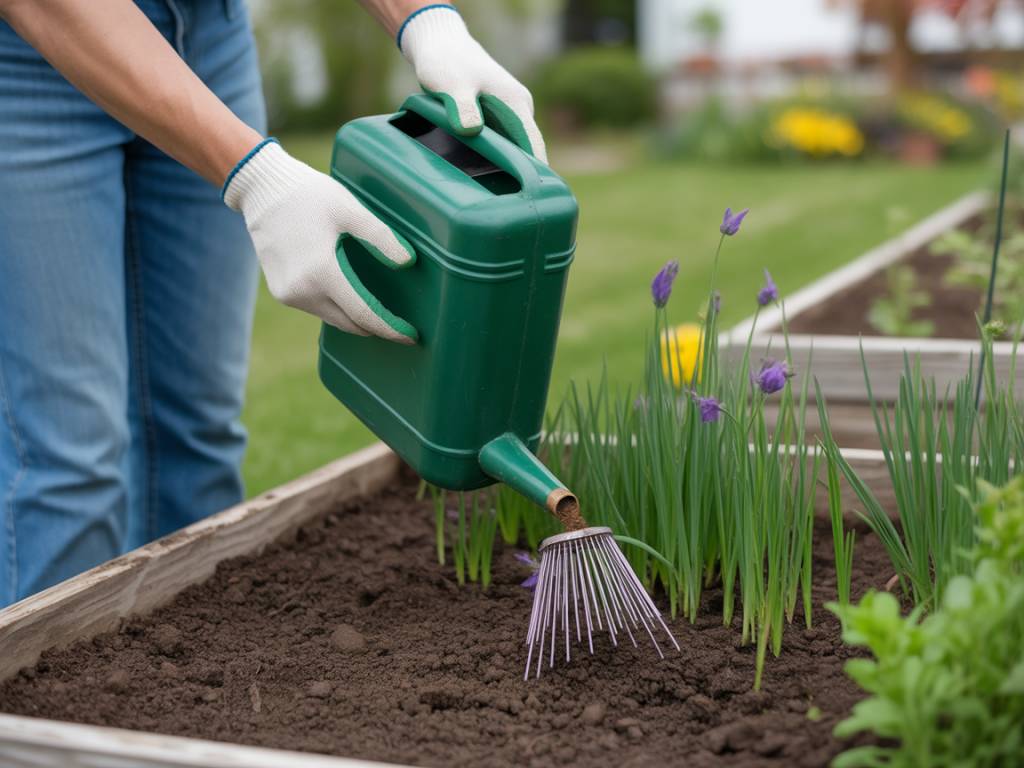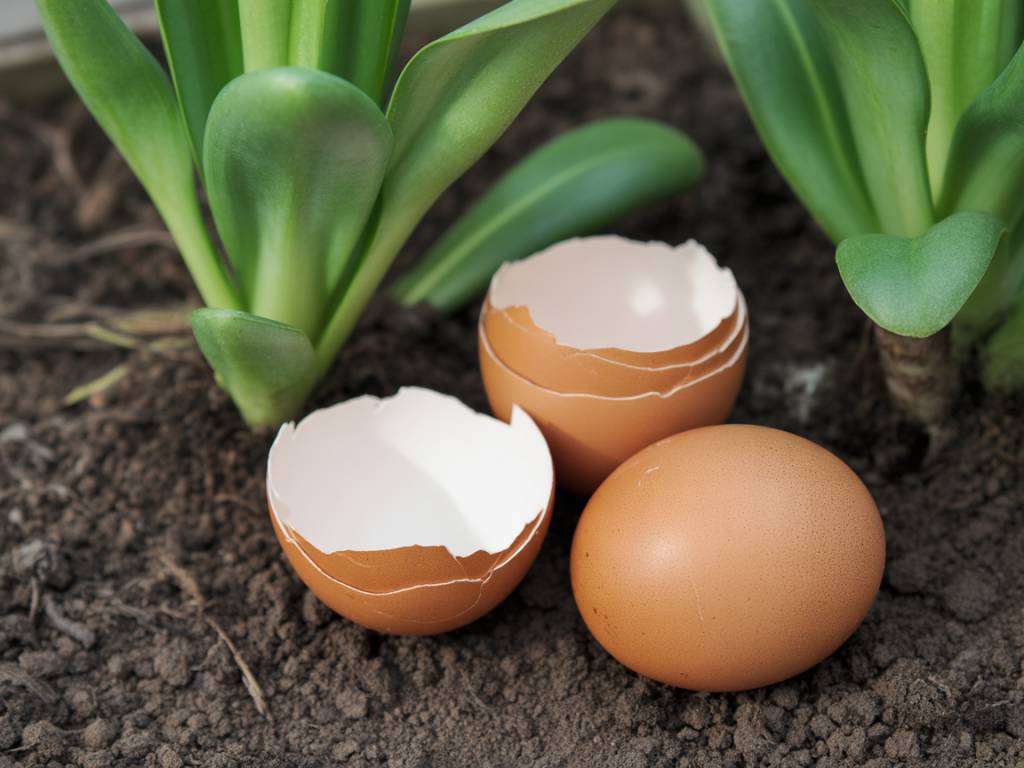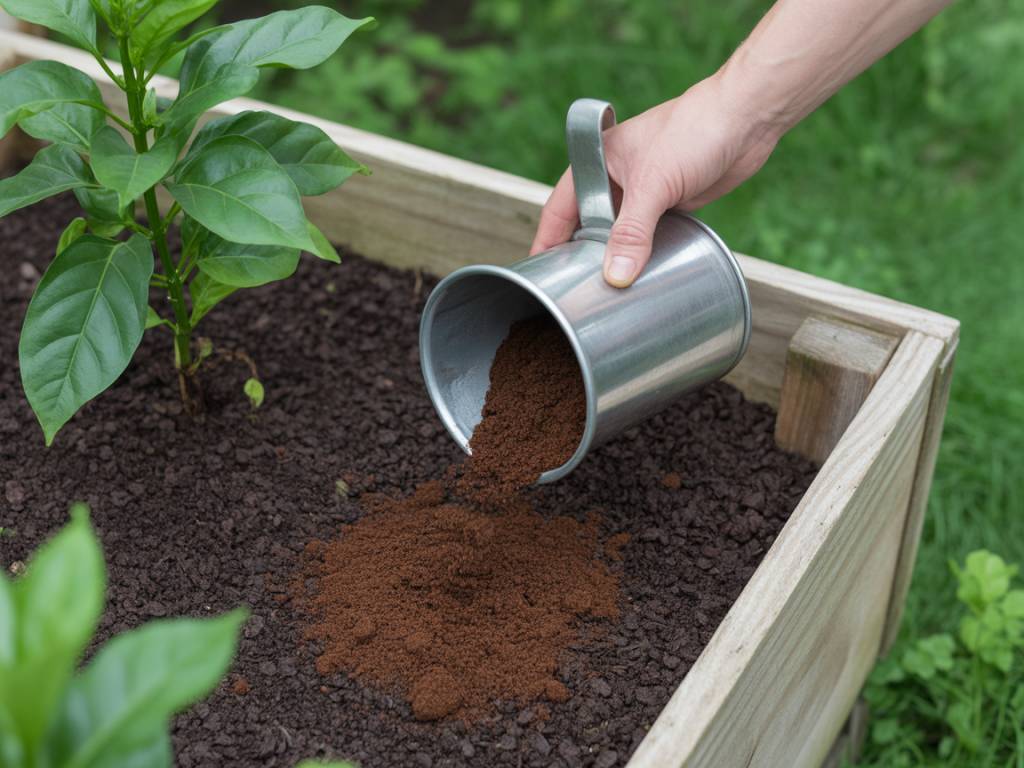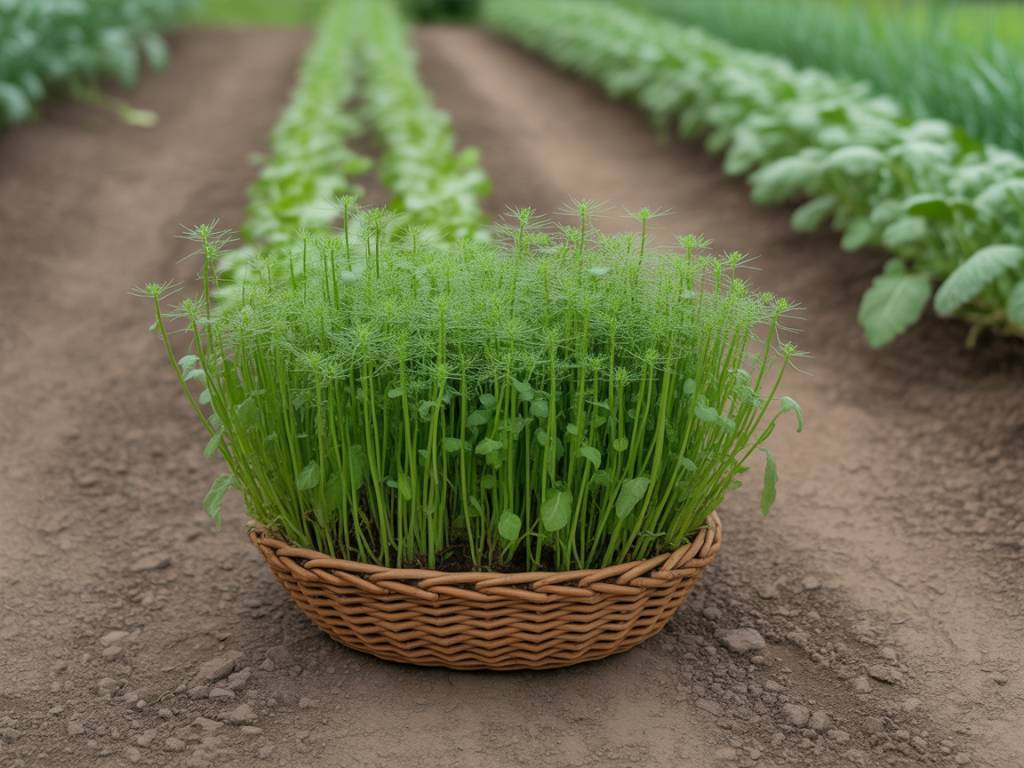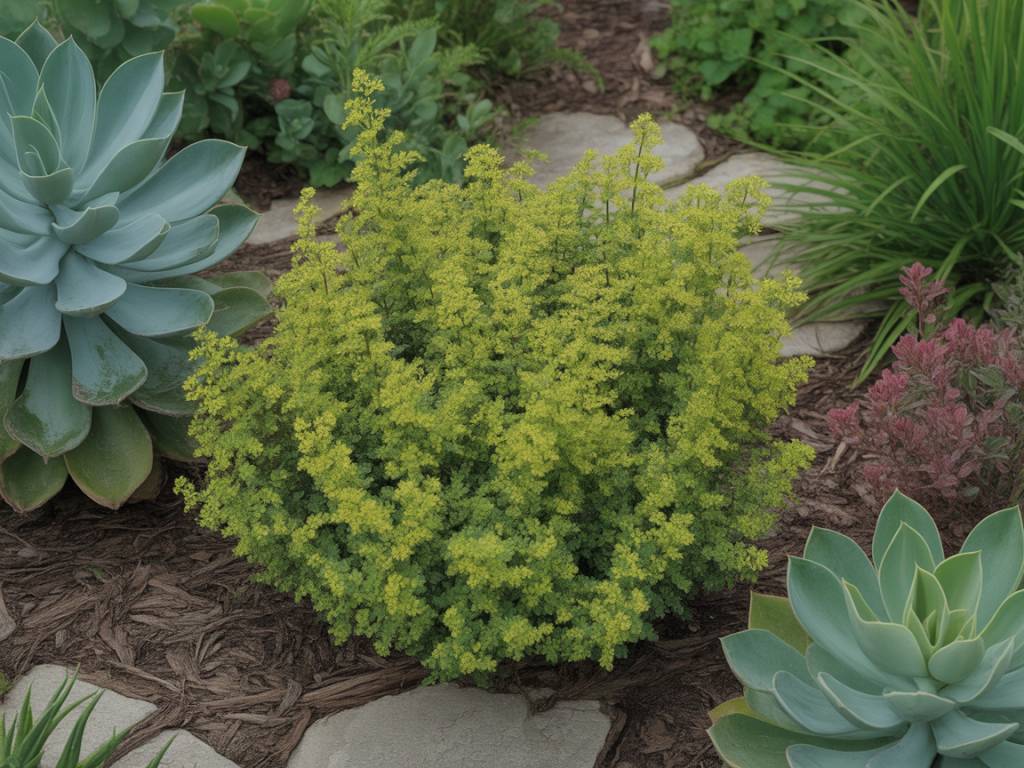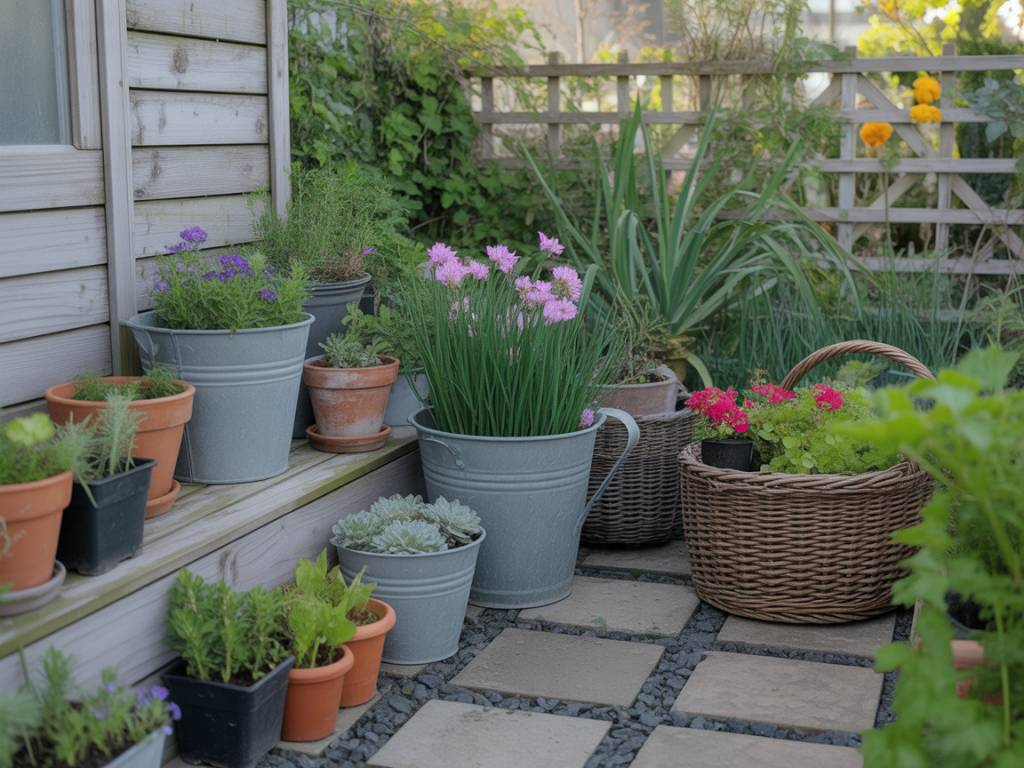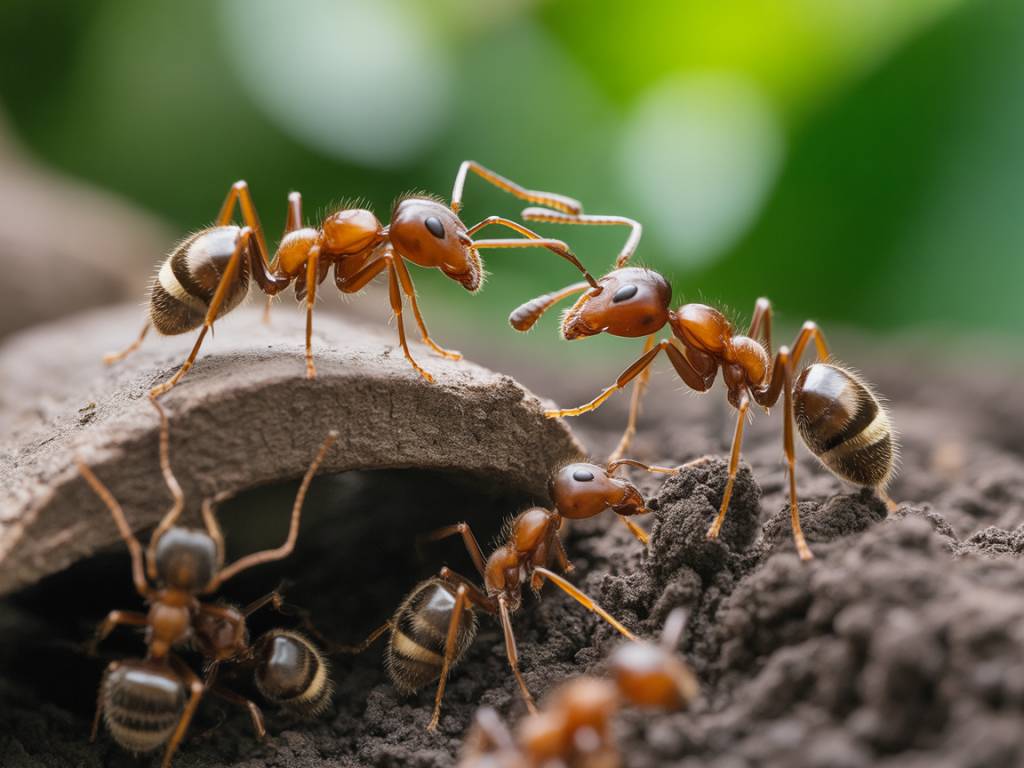Why Spring Fertilizing Matters
Spring sets the tone for the rest of the gardening year. It’s when the soil begins to wake up, seeds sprout, and perennial plants re-emerge after their winter sleep. Giving your garden the right kind of boost early in the season leads to healthier plants, stronger roots, and more abundant blooms and crops later on. Personally, I look at fertilizing not as a quick fix, but as a way to nourish the living system that is the soil. In my garden here in the UK, the mild yet changeable spring weather means slow and steady growth, so I favour natural fertilizers that feed the soil while gently encouraging plant development.
Understanding Natural Fertilizers
When I talk about fertilizers, I don’t just mean something that pumps up growth. I’m looking for fertility — a thriving soil ecosystem teeming with life. I avoid synthetic chemicals, opting instead for organic and homemade options whenever possible. These support not just plants but also the bacteria, fungi, and insects that make soil truly alive. In early spring, after the risk of hard frost has passed, I begin applying these gentle but effective feeds to kick-start the season naturally.
Top Fertilizers I Use in Spring
Here’s a list of my favourite fertilizers I reach for every spring, prioritising soil health, sustainability and long-term productivity.
- Well-Rotted Manure: This is my go-to for enriching beds before planting out vegetables. It adds organic matter, improves soil structure and offers a slow-release source of nitrogen. I usually apply it two to three weeks before sowing, incorporating it gently into the topsoil. Beware of using fresh manure—it can be too strong and may burn tender roots.
- Comfrey Tea: Comfrey is a miracle plant in the permaculture garden. Its deep roots mine nutrients like potassium and calcium from far below the surface. I steep chopped leaves in a bucket of water for two weeks until they break down into a rich, dark liquid. Then I dilute it 1:10 and water it around young fruit bushes, flowering plants, and tomatoes just after planting out.
- Compost: Homemade compost is the cornerstone of my spring preparations. It adds essential nutrients, buffers pH, introduces helpful microbes, and improves water retention. I apply a 2-3 cm layer as a mulch around perennials and over no-dig beds. The best compost comes from a diverse mix of green and brown materials, and it should smell earthy and crumbly when ready.
- Seaweed Extract: This is something I consider a tonic as much as a fertilizer. Especially good for stressed seedlings or cold-tolerant crops like brassicas, seaweed boosts resilience and provides trace elements. I usually spray a diluted solution directly on the leaves every two weeks during the early part of the season.
- Worm Castings (Vermicompost): This is black gold in my view. Worm castings are rich in enzymes, humus and beneficial microbes. I use them sparingly, often as a top dressing when transplanting seedlings. They really help with root establishment and add a steady trickle of nutrients as they’re washed downward by watering or rain.
- Leaf Mold: While not high in nutrients, leaf mold enhances soil structure and water-holding capacity. I mix it in particularly in light, sandy soils as I plant early lettuce and brassicas. It makes for a splendid mulch also, keeping soil temperature even and suppressing spring weeds.
- Fish Emulsion: For a quick nitrogen boost, I turn to diluted fish emulsion early in the spring, especially for leafy greens like spinach, kale and chard. It’s gentle enough not to burn roots but provides a lift in those cool early weeks when biological activity in the soil is still ramping up.
Caring for Soil Life
One principle I always stick to in my spring fertilizing is: feed the soil, not just the plant. All my fertilisers aim to nourish the web of life underground. I avoid overdigging, which can disturb beneficial microbes and worm colonies. Instead, I top-dress or gently fork materials into the top few centimetres. This allows microorganisms and earthworms to pull nutrients down in their own time.
Another thing I try to do is keep beds covered — whether with living mulch like clover or a thick layer of compost, straw or leaf mold. Bare soil loses moisture, compacts easily and doesn’t have the chance to build up natural fertility. A covered bed is like a duvet for your soil biology. It keeps them warm and protected, especially important during our cool and wet springs here in the UK.
Timing and Application Tips
In late February or early March, depending on the weather, I start checking soil conditions. If it crumbles in my hand and doesn’t clump together in wet lumps, it’s ready for the first round of fertilising. I avoid working the soil when it’s sodden or frozen—it harms structure and leaves great clods in its wake.
Each type of fertilizer has its own ideal application window. For manures and compost, earlier is better so they have time to settle. Liquid feeds like comfrey tea and fish emulsion come later as plants are building momentum. Mulches go down as I finish planting, especially important to lock in moisture from spring rains.
Plants That Benefit Most
All plants need nourishment, but some show the rewards more dramatically than others in spring. I always make sure these early starters get the best feeding attention:
- Leafy greens: Lettuce, spinach and chard benefit hugely from nitrogen-rich feeds like fish emulsion or diluted urine.
- Early brassicas: Cabbages, broccoli and kale love worm castings and well-rotted manure worked in a few weeks before transplanting.
- Fruit bushes: Before flowering in March or April, I compost and add comfrey tea to my blueberries, currants and gooseberries.
- Strawberries: A top dressing of compost and a feed of seaweed extract helps them bulk out foliage before setting fruit.
Signs of Healthy Fertilizing
When spring fertilizing goes well, the signs are clear: evenly green growth, stout stems, and strong root systems. There’s something incredibly satisfying about checking in on the garden a week after feeding and seeing perky leaves and a little height boost. But I’ve learned not to chase rapid growth; slow and steady is always the most resilient. Plants raised on chemical boosters often shoot up fast but succumb more readily to pests and drought. With natural fertilizers, my plants seem more adaptable and productive across the whole season.
Over the years, I’ve come to believe that the best fertilizer includes a blend of observation, care, and patience. Feeding your garden in spring is about preparing a healthy ecosystem that will thrive through the rest of the growing year. The rewards are subtle at first, but by summer, the benefits of a well-fed, naturally nourished garden become deliciously obvious—on your plate, in your bouquet, or simply in the feeling of a garden in balance.
See you in the garden,
Samanta

